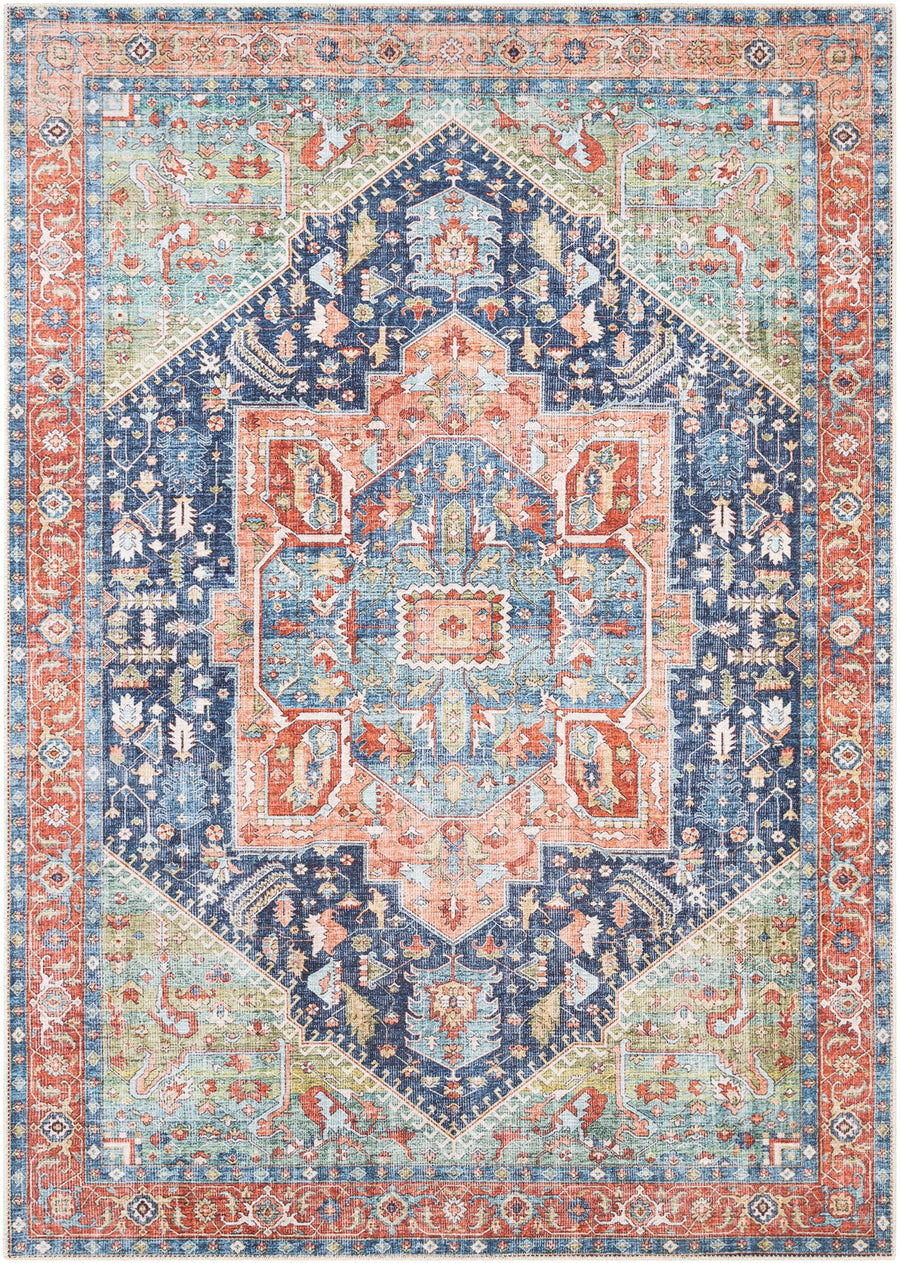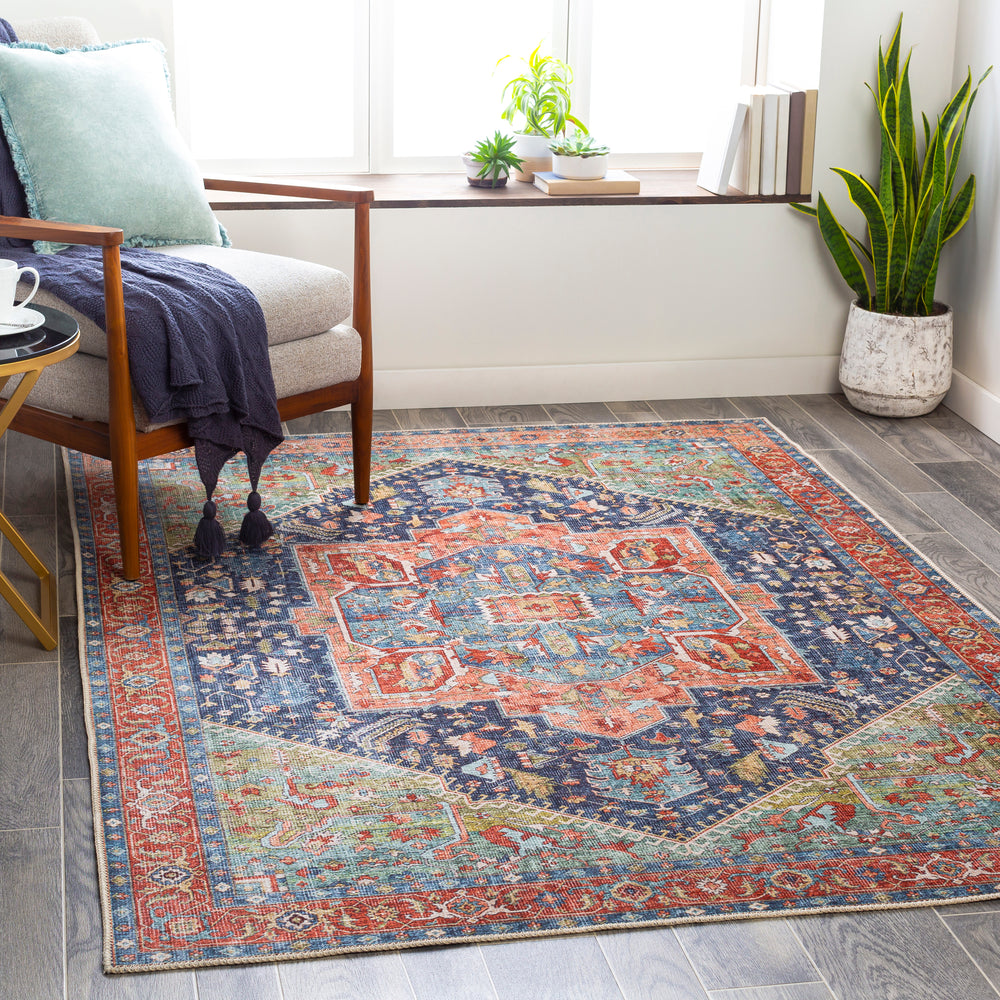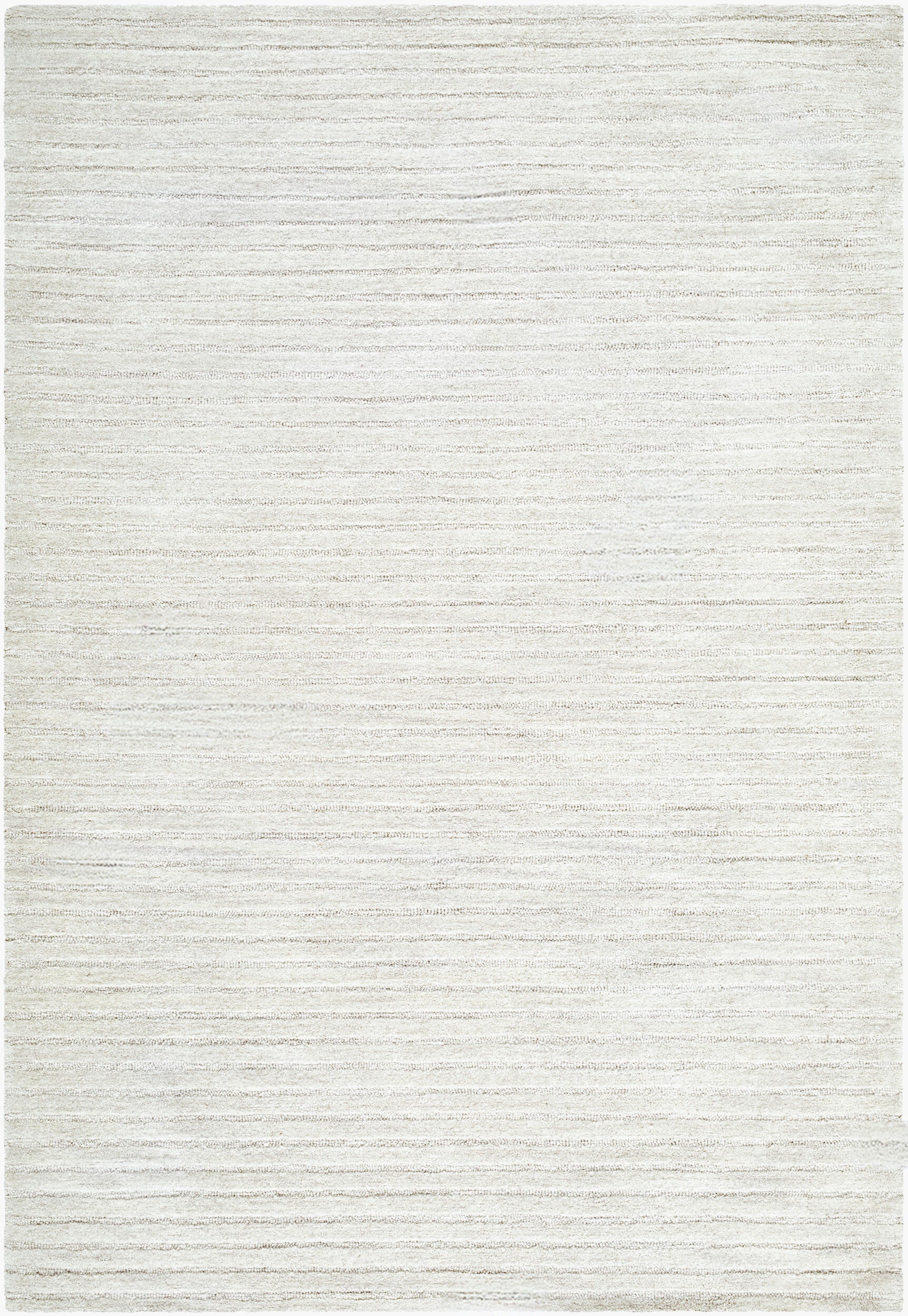How to Choose the Perfect Area Rug for Your Home
An area rug does more than cover your floor. It adds warmth, anchors your furniture, and brings texture and personality into your home. Whether you're refreshing a room or furnishing from scratch, the right rug can make all the difference.
But we get it—choosing the right one can feel overwhelming. With so many shapes, sizes, materials, and patterns to consider, where do you begin?
A well-chosen rug can completely change the look and feel of a space. Here’s our guide to making the best choice for your home.

Start with the Room’s Function
The first step to choosing a rug is understanding how the room is used.
A living room rug may need to be soft and durable to withstand everyday lounging. Comfort underfoot is key in a bedroom, while a dining room rug needs to be sturdy and easy to clean in case of spills.
Consider foot traffic, furniture placement, and who uses the space. Pets? Children? Guests? These factors all help determine what kind of rug will work best.
Size Matters More Than You Think
One of the most common mistakes people make is choosing a rug that's too small. A properly sized rug pulls the whole room together—it defines zones, adds balance, and prevents the furniture from feeling like it’s floating.
In living rooms, we recommend a rug that at least fits under the front legs of your seating. For larger spaces, go for full coverage beneath all major furniture pieces.
In bedrooms, your rug should extend 18 to 24 inches past the sides and foot of the bed. Alternatively, place runners on either side.
For dining rooms, ensure the rug extends at least two feet beyond the edges of your table. This keeps chairs comfortably on the rug, even when pulled out.
A helpful tip: outline the size with painter’s tape before purchasing. It helps you visualize the fit in your actual space.
Color Should Complement, Not Compete
The rug doesn’t have to match every piece in your room, it just needs to work with the overall color palette.
If your room already includes bold colors or patterns, a neutral or solid rug can bring balance. If the room is mostly neutral, a colorful or patterned rug can add character.
Looking for flexibility? Stick to classic tones and simple designs that won’t clash when you swap out throw pillows or art.
Patterns are also practical. They help disguise everyday wear and tear—perfect for busy homes with kids or pets.
Pick the Right Material for Your Lifestyle
The rug’s material should work with your daily routine.
Wool is a go-to for its durability, softness, and stain resistance. It’s a great all-rounder.
Cotton rugs are lightweight and budget-friendly. They suit casual spaces and are easy to move or layer.
Natural fibers like jute or sisal bring in texture and an organic feel. They’re best for low-moisture spaces and can handle high traffic.
Synthetic rugs, such as polypropylene, are durable, affordable, and ideal for homes with little ones or pets. They handle spills and clean-ups easily.
For low-traffic areas or more formal spaces, consider silk or viscose rugs. They offer a luxurious sheen but need more care.
Texture and Pattern Make the Difference
Even if you love a neutral rug, texture keeps things interesting.
A flatweave rug has a clean, modern feel. High-pile rugs feel plush and cozy but may require more maintenance.
When it comes to pattern, think about your overall design. If the rest of your room features prints and layered textures, go with a simpler rug design. If the room is more understated, a bold or intricate rug pattern can serve as the focal point.
Use Rugs to Define Spaces
In open floor plans or multi-use rooms, rugs help create structure.
A large rug under your sofa and chairs carves out a living zone. A rug beneath your dining set creates its own cozy nook. Runners can guide foot traffic through hallways or transition areas.
Even in small rooms, the right rug makes everything feel more intentional and connected.
Try Layering for Style and Flexibility
Layering is one of our favorite styling tricks.
Start with a large, neutral rug—think sisal or jute—and layer a smaller, colorful or patterned rug on top. It adds dimension and softness, while giving you freedom to change things up with the seasons.
This technique is great if you want to showcase a vintage or delicate rug while keeping things practical underneath.
Don’t Overlook Maintenance
Before falling in love with a rug, think about how easy it will be to care for.
Wool rugs are low-maintenance and long-lasting, though they may shed slightly at first. Flatweave rugs are simple to clean and shake out. Synthetics handle spills and stains with ease.
Delicate rugs, like those with silk or viscose, might require professional cleaning. If that sounds like too much upkeep, save those styles for quieter areas like a reading room or formal sitting room.
For maximum convenience, consider washable rugs. They offer style without the stress.
Final Thoughts
The right rug brings your space together. It’s not just a decorative piece—it’s the foundation for how your home feels.
Start by thinking about function, then choose a size that suits the layout. From there, consider color, texture, and material. Every element should align with your lifestyle and your style.
At Lewis Park, our collections are carefully curated with all of these things in mind. Whether you’re shopping for your first rug or upgrading an existing space, we’re here to help you find the perfect fit.
Explore our full range of rugs online.
Your dream rug is just a click away.








Leave a comment